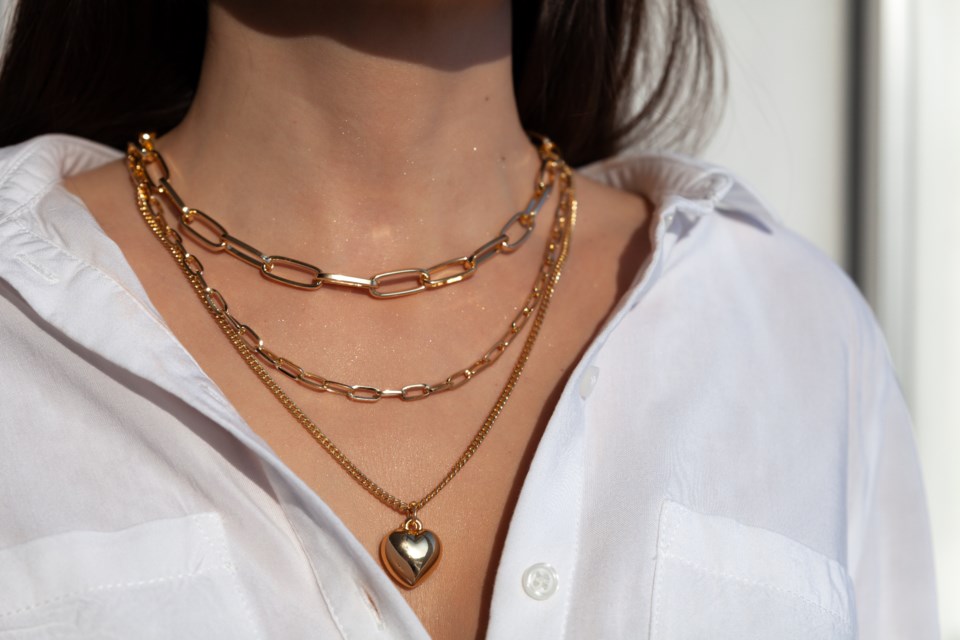Have you ever wondered why the price of gold on the news doesn't always seem to match the value of your gold jewellery? It's a question that Nicholas Rosset, Goldsmith and Gemmologist with Savoy’s Jewellers hears often. The answer lies in the fascinating journey gold takes, from the mine to your jewelry box.
“I get asked several times a day what the price of gold is, why is this only worth a certain amount, and why, if the price of gold has gone up so much, hasn't this piece of jewellery gone up the same,” says Nicholas. “Those questions are usually more complex than people think. As an example, the price of a piece of jewellery includes labor, which in some cases can exceed the value of the gold in the item, but when that gold gets recycled, the labor costs are no longer applicable to its value.”
The Gold Mining Process
The gold in your jewellery starts deep in the ground. Mining companies invest significant resources in exploration and mine development, often decades before any drills break ground.
When gold is finally extracted from the earth, it is in the form of raw ore. The value of this raw ore depends mostly on the amount of pure gold contained within it. The gold is then separated from the other rocks and minerals so it can be refined further.
Raw Gold to Gold Bars
The crude gold that has been isolated can now be melted and treated in order to prepare it into pure gold bars that are suitable for crafting jewellery. The value of these gold bars is dictated by the current market price, which is influenced by a number of factors including inflation, supply and demand, and even interest rates. These bars are often used by governments for financial reserves, investors for hedging inflation and jewellery manufacturers for making fine jewellery.
Another factor in the price of gold is in its final composition. Gold is often mixed with other metals like silver or copper to make it stronger and give it different colors. This process, called alloying, changes its value per gram from pure gold.
“Karat is the unit of measure used in the jewellery business to describe the purity. Typically in North America we use 10kt, 14kt and 18kt, but there are other popular alloys in other areas of the world.”
The Final Product
When gold is finally crafted into jewelry, the value increases once again because of the labor, design, and craftsmanship involved. This is similar to other products we purchase. For example, a blank canvas and paints are worth much less than a completed work of art; the price of a gourmet meal is not simply based on the cost of the ingredients.
At the retail level, the price of jewellery includes not only the cost of the gold but also the costs of any gemstones, manufacturing, and the goldsmith’s expertise and artisanship. So, when you buy a piece of jewelry, you're paying for more than just the gold.
What About Recycled Gold?
After understanding the process of creating a new piece of jewellery, the cost makes sense. But what about reselling jewellery as recycled gold or using an existing piece of jewellery to create a new piece? When you recycle gold jewellery, the value is primarily determined by the gold content. The labour and design costs associated with the original piece are no longer relevant. There are costs associated with the recycling process.
“Although the original labor and design value are lost, the gold has often risen in value from since it all started”
To learn more about the process of crafting jewellery, to inquire about recycling your own gold pieces, or to get price estimate on any pieces that you’d like to sell, visit Savoy’s Jewellers at one of their two locations: 290 Queen Street or The Station Mall in Sault Ste. Marie.
You can also call them at (705) 253-9703, check out their website, and follow them on social media (@savoysjewellers).
